Porsche 911 Targa: a look-at-me piece of roadside theatre

A little bit of motoring history. The name ‘Targa’ comes from the Targa Florio road race, a Sicilian endurance event renowned for its tight, twisting course. Beginning in the very early years of the 20th century, originally encompassing a tour of the island, it was ultimately contained within a 45 mile circuit on (closed) public roads, the Circuito Piccolo delle Madonie. Finally, in 1977 a series of fatalities sealed the race’s fate. In its history, every major sports car maker, including Bugatti, Alfa Romeo, Ferrari and Maserati, chalked up at least one win. It was Porsche, however, who had the strongest attachment to the race, triumphing a total of ten times from 1956 onwards. In 1967, it introduced an open-top version of its 911 sport car, christening it Targa in honour of the race. It was the first of many 911 generations to bear the name.
In convertible terms, a Targa is a compromise. The first models had a removable panel above the seats and an unzippable plastic rear screen, effectively turning the car into an open-top roadster with a big roll bar in the centre – at the time, US safety legislation was becoming increasingly draconian and the industry expected conventional convertible cars to eventually be completely outlawed. The ban never came yet the Targa persisted, even though a genuine 911 convertible was eventually launched in 1982.
Since then, the Targa has acquired a certain retro fascination, one that Porsche’s designers have been happy to play up with the latest generation, contrasting the colour of the body, the roll bar and the panel and the option of bold 70s-style graphics.
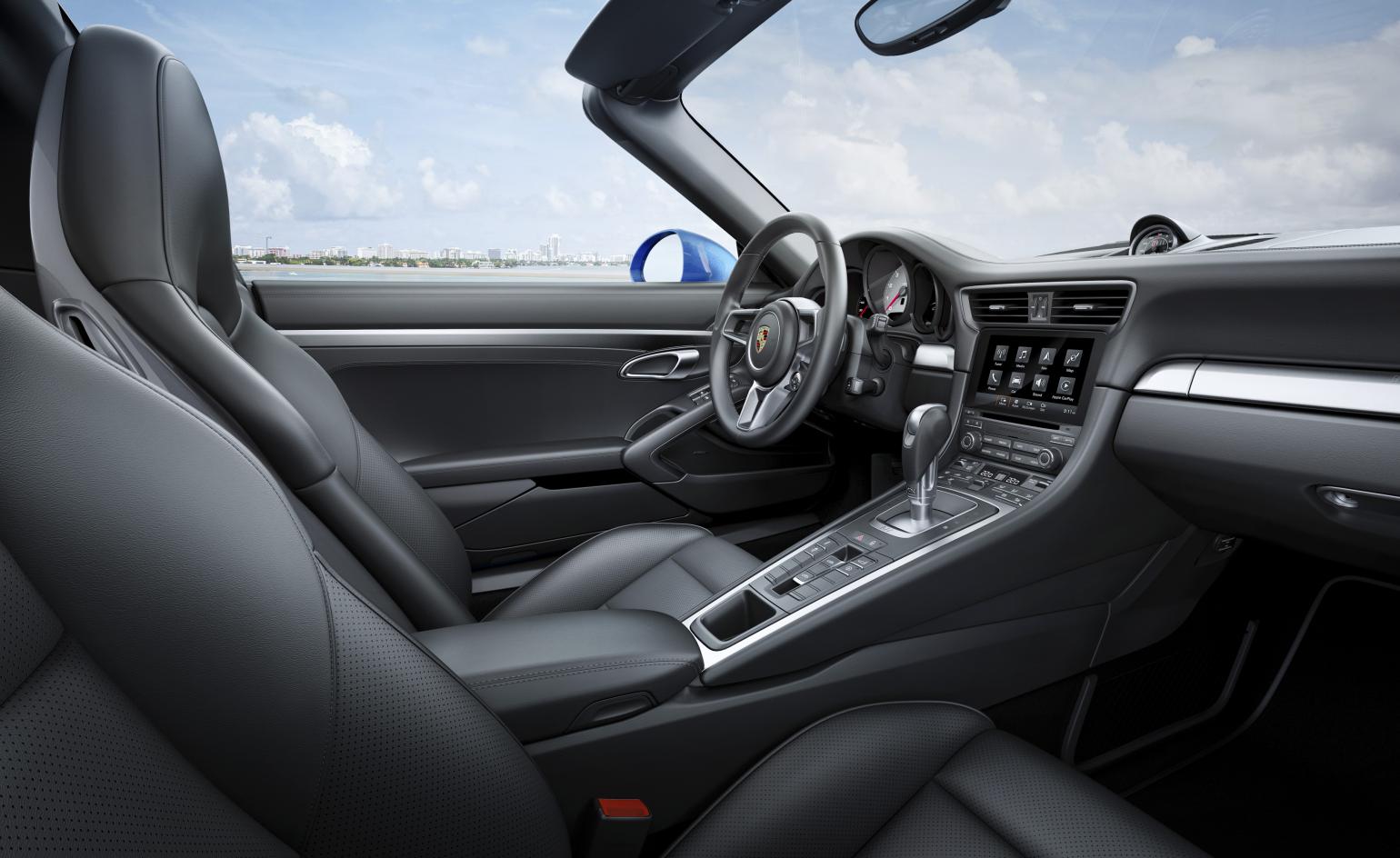
The 911 is a delightful car, regardless of specification. Once considered a pared-down sports machine, in its modern iteration it is as technology-stuffed as more explicitly high-tech brands, yet it wears this innovation lightly, conveying a sense of lightness and simplicity, both inside and out.
That slippery body-shape can trace its origins all the way back to Ferdinand Alexander Porsche’s design sketches from the late 1950s, and subsequently evolved over the decades from the very first 911 from 1964. Squint, and you’ll even see how the Porsche Type 12 of 1931 – designed by Ferdinand Alexander’s grandfather – relates to this long-running dynasty (that car ultimately became the VW Beetle). Early 911s – especially the first turbos – were tricky to master, but the modern 911 is one of the easiest sports cars to live with day to day. The car strikes a fine balance between power, poise and handling, with every control weighted to perfection, familiar and comfortable like a favourite fountain pen or musical instrument.

Whereas the original Targa was a simple engineering solution to a potentially intractable problem, today’s 911 Targa could not be more different. There is a Transformer-like arrangement of motors, levers and servos to raise the rear glass ‘boot’ (no longer zipped), automatically unclip the Targa panel, swivel it back into storage and then replace the glass and panels. It’s extraordinary, balletic, and very, very complicated, making what was once a simple act into a show-stopping, look-at-me piece of roadside theatre. In that sense, the Targa takes its place alongside the boldest 911s like the Turbo and GT3, rather than the more subtle iterations at the lower end of the price scale.
Predictably enough, the current generation car is heading for replacement once again. The eight generation 911 (code-named 992) arrives next year with a radical premise – the first ever hybrid 911 will soon be with us. This ties in to Porsche’s well-advanced electrification plans, with the Taycan saloon due to become the company’s first pure EV in 2020. Throughout its history, the 911 has quietly pushed a high-tech agenda, well concealed beneath its gently evolving skin. Will the 9th generation model be bold enough to ditch the internal combustion engine forever?


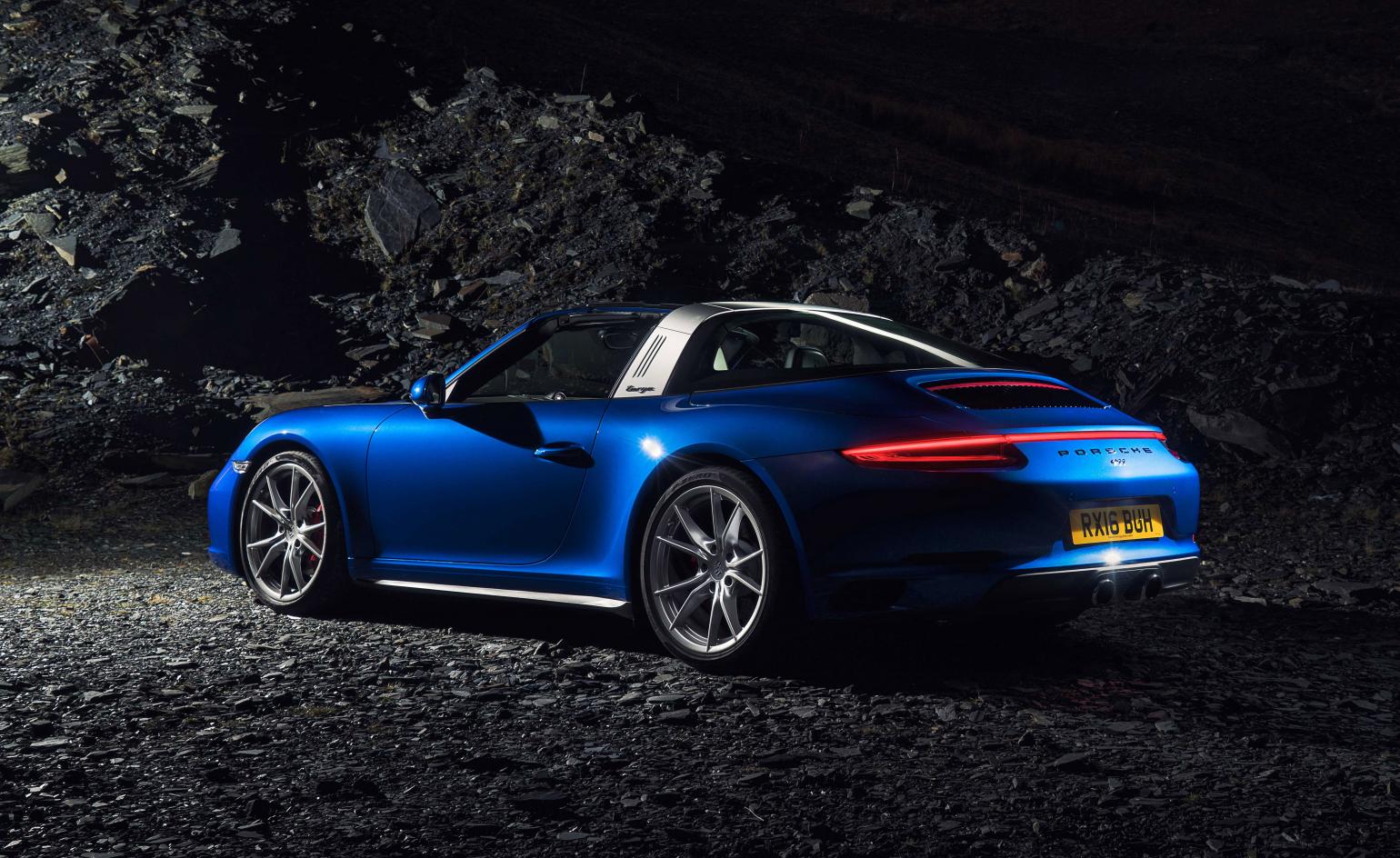
INFORMATION
Porsche 911 Targa GTS, price as tested £131,877. For more information, visit the Porsche website
Receive our daily digest of inspiration, escapism and design stories from around the world direct to your inbox.
Jonathan Bell has written for Wallpaper* magazine since 1999, covering everything from architecture and transport design to books, tech and graphic design. He is now the magazine’s Transport and Technology Editor. Jonathan has written and edited 15 books, including Concept Car Design, 21st Century House, and The New Modern House. He is also the host of Wallpaper’s first podcast.
-
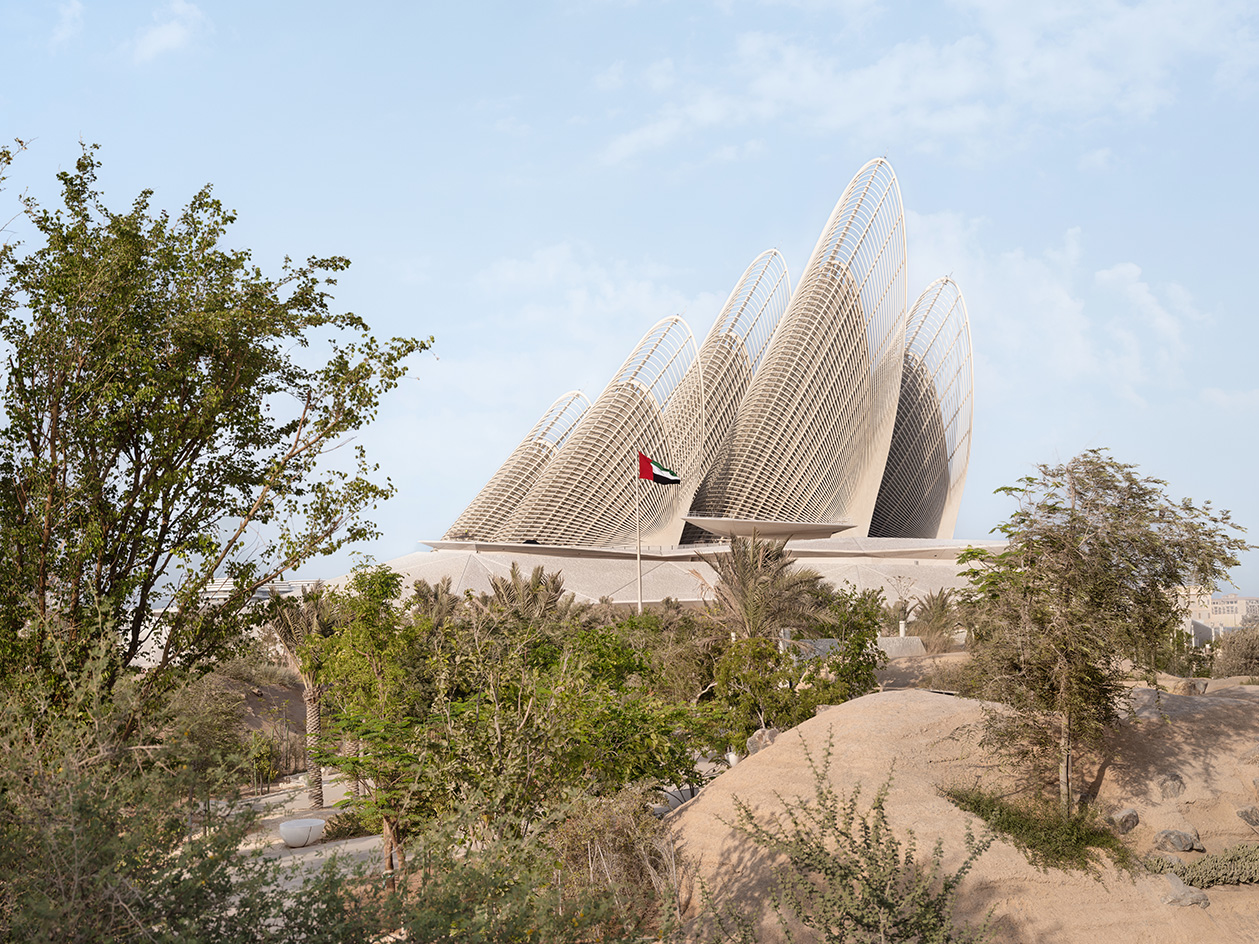 Zayed National Museum opens as a falcon-winged beacon in Abu Dhabi
Zayed National Museum opens as a falcon-winged beacon in Abu DhabiFoster + Partners’ Zayed National Museum opens on the UAE’s 54th anniversary, paying tribute to the country's founder and its ancient, present and evolving future
-
 Design Miami announces Dubai collectible design platform in collaboration with Alserkal
Design Miami announces Dubai collectible design platform in collaboration with AlserkalThe new platform will honour the region’s cultural heritage while highlighting its spirit of innovation
-
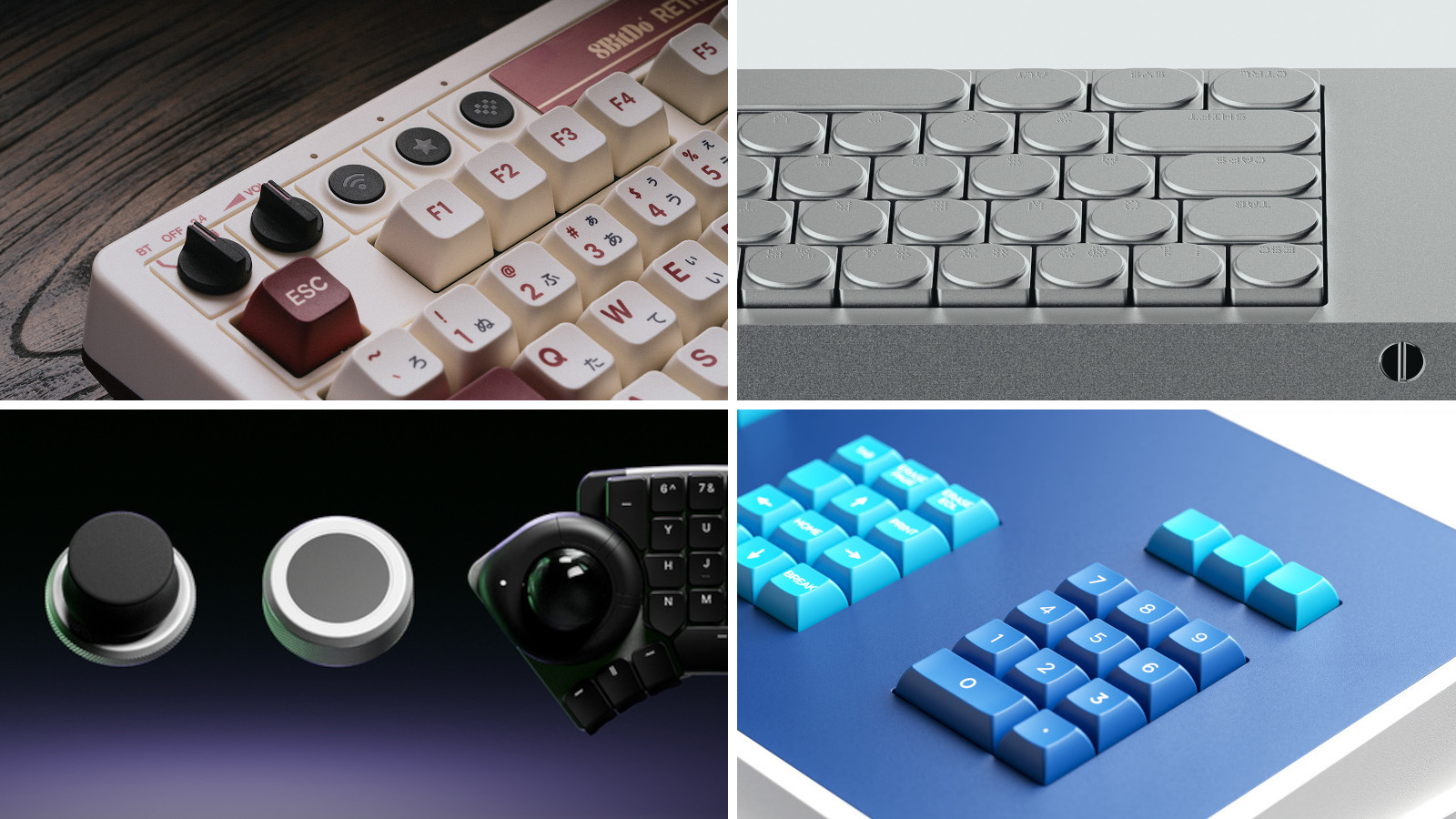 Four new keyboards are fresh and functional desktop companions
Four new keyboards are fresh and functional desktop companionsMechanical keyboards are all the rage, bringing with them new ways of personalising your desktop. We’ve found four devices that hark back to the early days of computing
-
 New Porsche Cayenne Electric makes a case for a sporting life with lashings of technology
New Porsche Cayenne Electric makes a case for a sporting life with lashings of technologyThe next-gen Cayenne gets its first all-electric model, a mighty SUV that’s also the first Porsche with wireless charging
-
 All the new electric cars and concepts revealed at Munich’s IAA Mobility 2025
All the new electric cars and concepts revealed at Munich’s IAA Mobility 2025Munich’s alternative motorshow is now in its third iteration, combining a traditional exhibition space with a conference and large-scale public activations on the streets of the city
-
 KAMManufaktur transforms the 1960s-era Porsche 912 into a refined restomod GT
KAMManufaktur transforms the 1960s-era Porsche 912 into a refined restomod GTThe KAMM 912T is a restomod Porsche for the more discerning collector, a rebuilt and re-engineered car that favours analogue feel and simplicity over all-out power
-
 All the best bits from Goodwood Festival of Speed 2025
All the best bits from Goodwood Festival of Speed 2025As car makers switch their allegiance to the sunny West Sussex countryside as a place to showcase their wares, a new generation of sports cars were sent running up that famous hill
-
 This Porsche surfboard collaboration captures the spirit of 1970s Southern California
This Porsche surfboard collaboration captures the spirit of 1970s Southern CaliforniaThe Porsche 911 Carrera RS 2.7 is the inspiration for the company’s second collaboration with California’s Almond Surfboards, featuring a custom-made board and limited-edition apparel and accessories
-
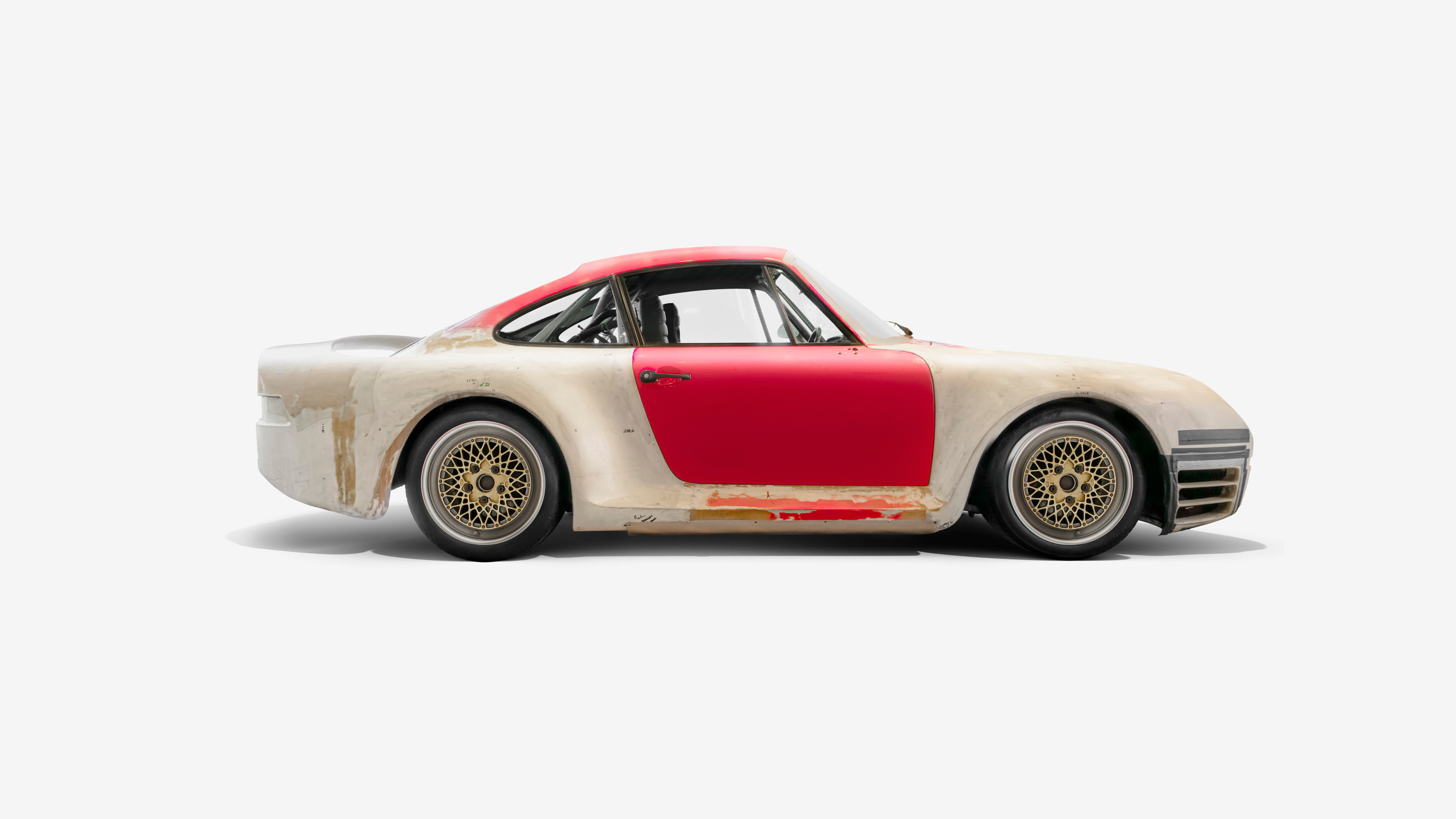 ‘Wundercar’ celebrates the ineffable aura of the Porsche 959, the first true hypercar
‘Wundercar’ celebrates the ineffable aura of the Porsche 959, the first true hypercarCurated by London creatives INK, ‘Wundercar’ is a London exhibition dedicated to the image and influence of Porsche’s seminal 959, a true icon of 1980s engineering
-
 The Porsche 911 Spirit 70 harks back to the aesthetic and ethos of the 1970s
The Porsche 911 Spirit 70 harks back to the aesthetic and ethos of the 1970sAs part of Porsche’s Heritage Design strategy, the company has launched a new special edition, the Porsche 911 Spirit 70 convertible
-
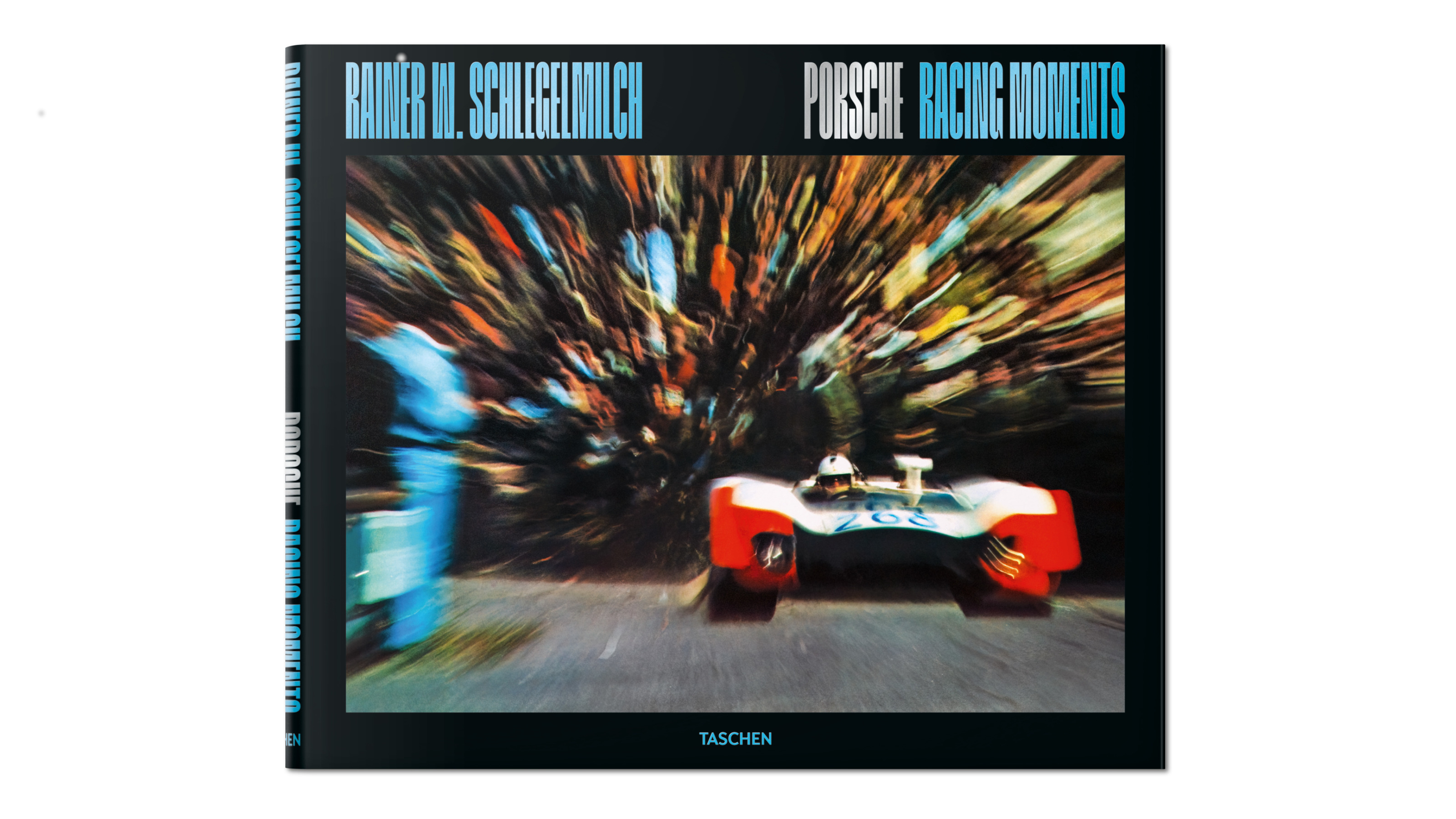 Rainer W. Schlegelmilch's Porsche photography showcases the aesthetics of speed
Rainer W. Schlegelmilch's Porsche photography showcases the aesthetics of speedTaschen's new edition of Rainer W. Schlegelmilch’s collected imagery from a quarter of a century spent following Porsche racing highlights historical machines, emotive camera technique and major moments on the track